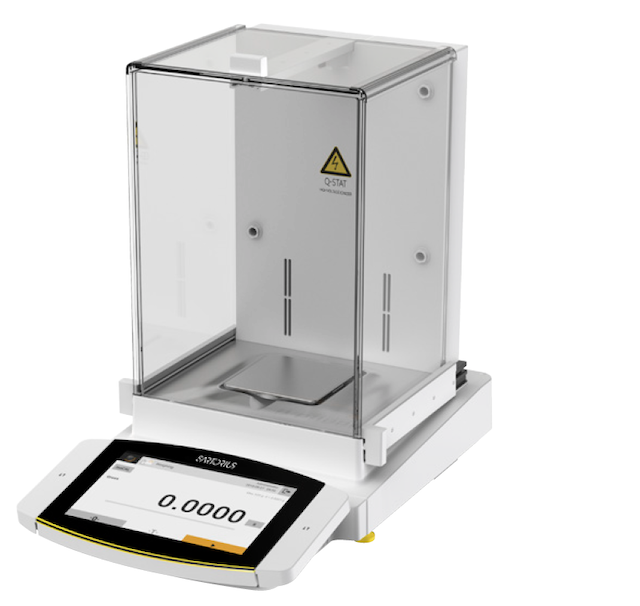
There are easy and low-cost measures available among the different options for eliminating static electricity during analytical weighing.
Easy and low-cost measures are available among the different options for eliminating static electricity during analytical weighing. However, because of the current metrological and practical limitations, most of these methods are complicated and time-consuming and aren’t universally applicable. On the other hand, an integrated tool can be installed on balances that are both powerful and space-saving. Static electricity is a physical phenomenon that is a widespread occurrence in different areas of our daily lives, and it could have a profound significance in industries and all types of research and development labs. Read on to learn more about the effects of static electricity on analytical weighing and how to work around it!
The Basics of Static Electricity
Static electricity results from friction between two objects. This friction process transfers electrons from objects with a much lower work function to objects with a much higher work function, which produces ions. A body with excess electrons takes on a negative charge, while a body with some excess electrons takes on a different negative charge. However, this is only a temporary change within the charge since any excess electrons flow off the body once it has a specific conductivity or is grounded.
Friction can happen within the sample itself or between the sample and container or tare vessel. For example, air friction can create a charge on glass containers during convection in a drying oven. When transferred between containers, internal friction of liquids and powders makes a significant charge on particles within that sample.
The Direct Impact on Weighing
All balance manufacturers are called on to respond to the issues of weighing substances with electrostatic charges with the right technological solutions. Static electricity can harm the weighing process or each result, requiring time-consuming material selection or material handling procedures to address these different effects. In some instances, weighing a material might be close to impossible because of the build-up of electrostatic charges while handling. In addition, the electrostatic properties of a few materials might vary as ambient humidity rises and falls, which attempts to weigh it much more challenging. Often, electrostatic phenomena are a lot worse when the relative humidity falls around 45%, which is usually the case in European latitudes or within air-conditioned rooms. Therefore, balance users will also experience different conditions from one season to the next or from one day to the very next, which makes it hard to reproduce their results.
Handy Equipment for Avoiding Influences of Electrostatic Charges
Typically, the time required to neutralize electrostatic charges depends on the samples’ materials, surfaces, and shapes and the balance area’s relative humidity. The Cubis II balance offers a Q-Stat ionizer, which can be integrated within the draft shield of the modular balance series. It eliminates the electrostatic charges within a couple of seconds.
FOR ALL ISO 17025 CALIBRATION SERVICES, CONTACT LAB PEOPLE TODAY
Lab People Inc. is a trusted provider of laboratory equipment, services, supplies, and rental equipment for you and your laboratory. As an ISO 17025 accredited service organization, we stand behind our services with 100% satisfaction guaranteed for all our customers. We offer on-site and off-site calibration services for balances, pipettes, moisture analyzers, force measurement, test weights, and more. Services include preventative maintenance, SQ-Min, IQOQ, repairs, legal for trace/placed in service, verification, and more.
For more information about how we can assist you, visit our website, email us, or call us at 1-800-296-2001!
Do not forget to follow us on Facebook, Twitter, and Linkedin!